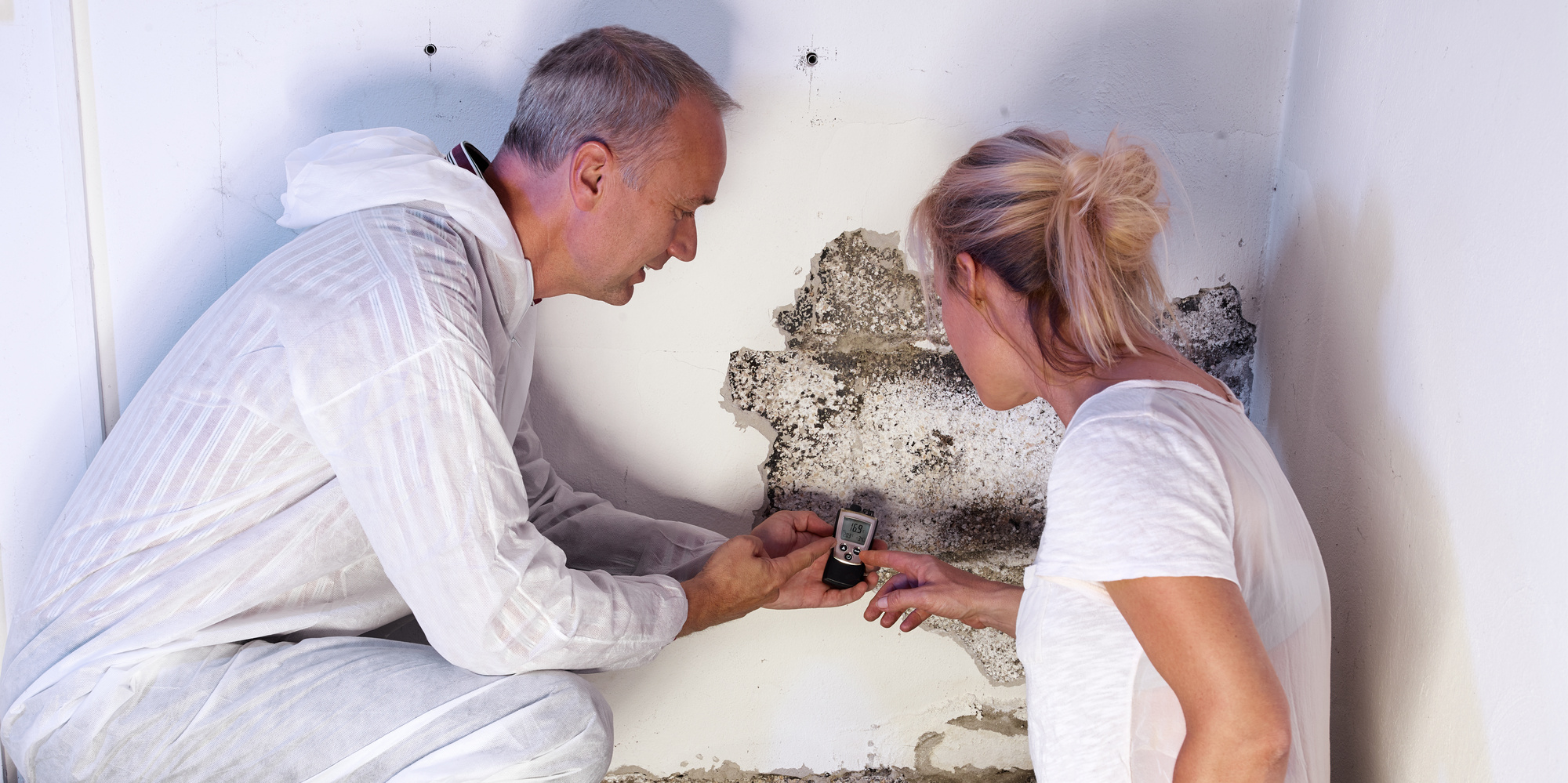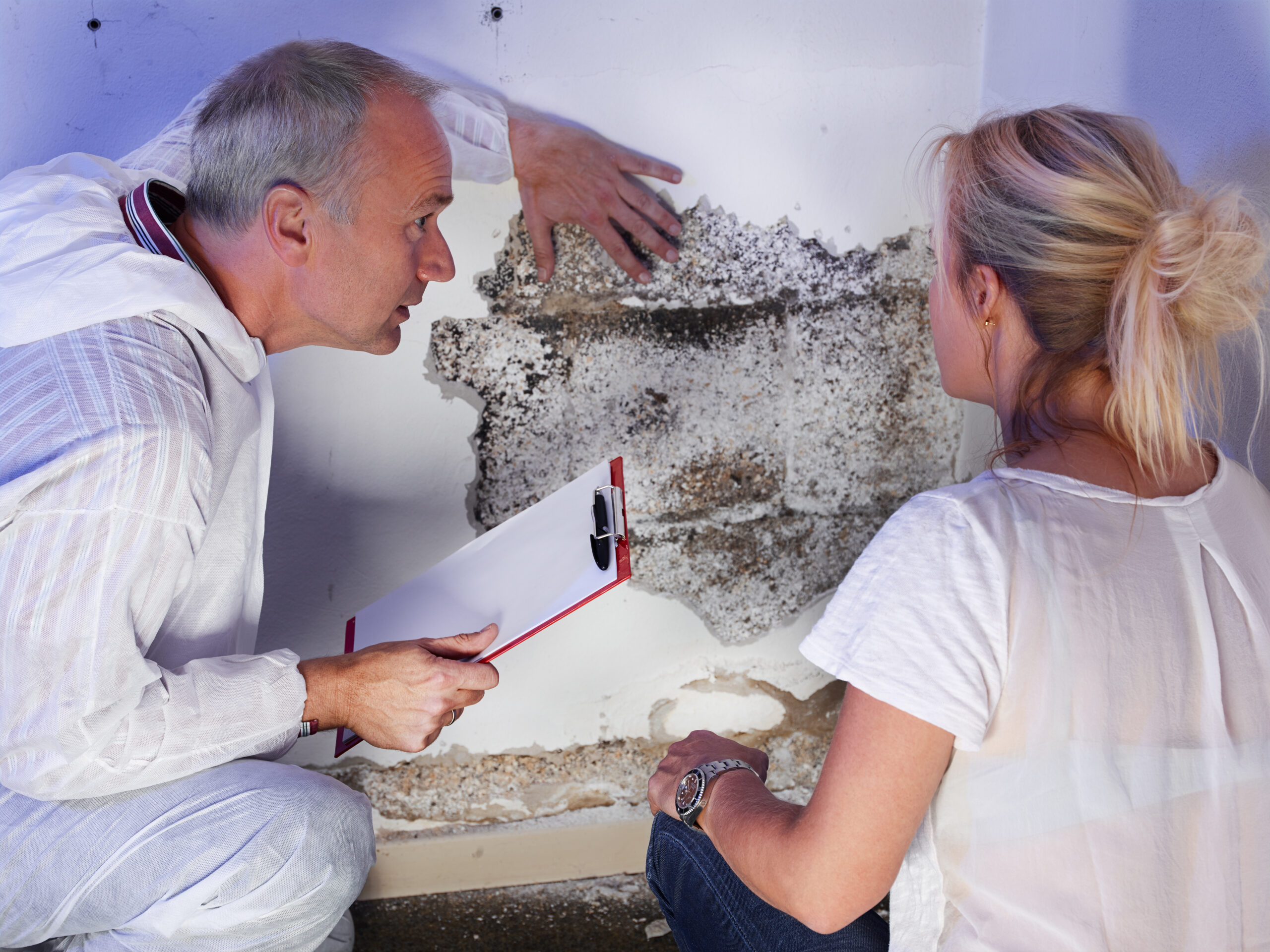Crafting a Detailed Post Mold Remediation Report
Crafting a Detailed Post Mold Remediation Report
Blog Article
Your Ultimate Overview to Post Mold Remediation Techniques
Browsing the world of post-mold removal strategies is a precise procedure that requires interest to detail and an extensive understanding of the intricacies involved. In the consequences of mold and mildew invasion, knowing exactly how to successfully get rid of the mold and mildew and prevent its reoccurrence is paramount for keeping a healthy indoor setting. From selecting the appropriate cleansing and decontaminating methods to implementing strategies for long-term mold and mildew prevention, each action in the removal journey plays an important function in making sure a successful outcome. As we get started on this expedition of post-mold removal methods, we will certainly discover the crucial methods and ideal techniques that can aid you recover your room to its pre-mold problem and secure it against future mold hazards.
Understanding Post-Mold Removal Refine
After finishing the mold remediation process, it is essential to understand the post-mold removal techniques that are essential to guarantee a efficient and detailed cleanup. Once the mold and mildew has actually been gotten rid of, the following step involves cleansing and decontaminating the influenced locations to avoid any type of regrowth of mold. This includes making use of specialized cleaning representatives to wipe down surface areas and kill any type of remaining mold and mildew spores. It is necessary to dry the location completely to prevent the growth of mold and mildew in the future (Post Mold Remediation Report). Appropriate ventilation and dehumidification can assist in this process.
In addition, conducting a last examination post-remediation is crucial to make sure that all mold has been successfully eliminated. If the assessment exposes any lingering mold and mildew, added remediation might be necessary.
Reliable Cleansing and Sanitizing Methods

Preventing Future Mold Growth

Relevance of Proper Ventilation
Proper air flow plays an essential duty in avoiding wetness buildup, a key factor in mold and mildew growth within indoor atmospheres. Efficient ventilation systems aid get rid of excess moisture from the air, reducing the possibilities of mold spores finding the dampness they need to germinate and spread out. Without sufficient ventilation, interior spaces can end up being a breeding ground for mold and mildew, bring about prospective health threats and structural damages.
By ensuring appropriate air circulation, ventilation systems can also assist in drying out moist locations faster after water damage or flooding occurrences, better discouraging mold and mildew development. After mold remediation. In spaces like restrooms, cooking areas, cellars, and attics where dampness degrees often tend to be higher, installing and maintaining efficient ventilation systems is critical in stopping mold and mildew problems

Surveillance and Upkeep Tips
Given the vital function that appropriate air flow plays in protecting against mold and mildew development, it is essential to establish effective monitoring and maintenance suggestions to make sure the ongoing capability of air flow systems. Monitoring moisture levels within the residential property is additionally critical, as high moisture can add to mold growth. By staying proactive and attentive to the problem of air flow systems, residential property owners can efficiently reduce the risk of mold and mildew regrowth and keep a healthy and balanced indoor environment.
Verdict
In verdict, post-mold removal methods are important for ensuring a risk-free and clean setting. Comprehending the process, implementing reliable cleaning and disinfecting methods, avoiding future mold development, keeping appropriate air flow, and routine monitoring are all critical actions in see here the remediation procedure. By complying with these guidelines, you can effectively remove mold and mildew and prevent its return, working or advertising a healthy living room for all passengers.
In the consequences of mold and mildew invasion, recognizing exactly how to properly eliminate the mold and mildew and prevent its reoccurrence is extremely important for preserving a healthy and balanced indoor atmosphere. Once the mold has actually been removed, the following action involves cleansing and disinfecting the impacted locations to prevent any type of regrowth of mold and mildew - testing air quality after mold remediation. After eliminating noticeable mold and mildew growth, it is important to cleanse all surface areas in the affected area to get rid of any kind of continuing to be mold spores. To even more improve mold and mildew avoidance measures, it is vital to attend to underlying concerns that initially led to mold development.Given the vital duty that appropriate air flow plays in protecting against mold growth, it is crucial to develop reliable surveillance and upkeep pointers to ensure the continued functionality of ventilation systems
Report this page